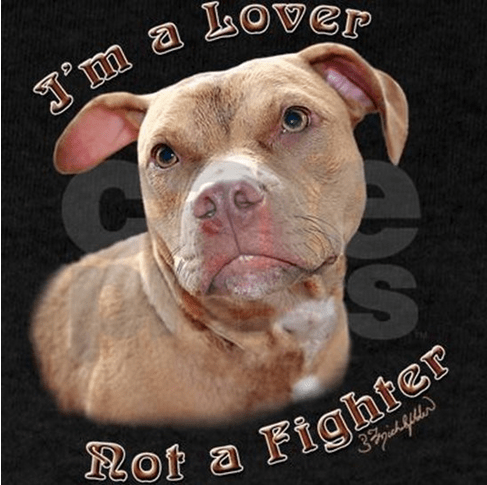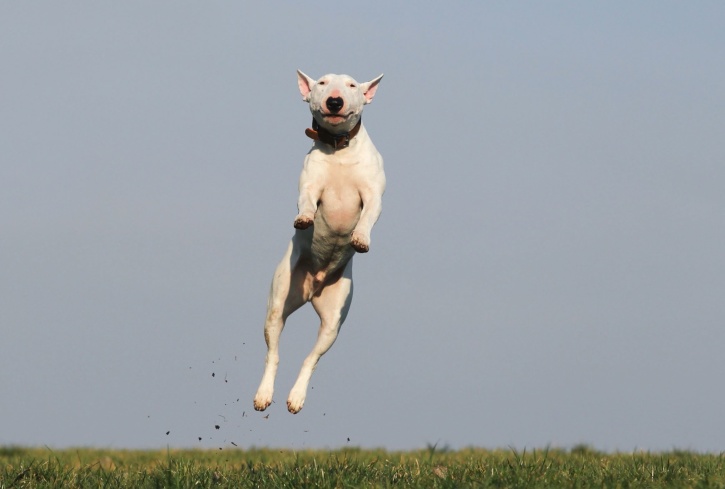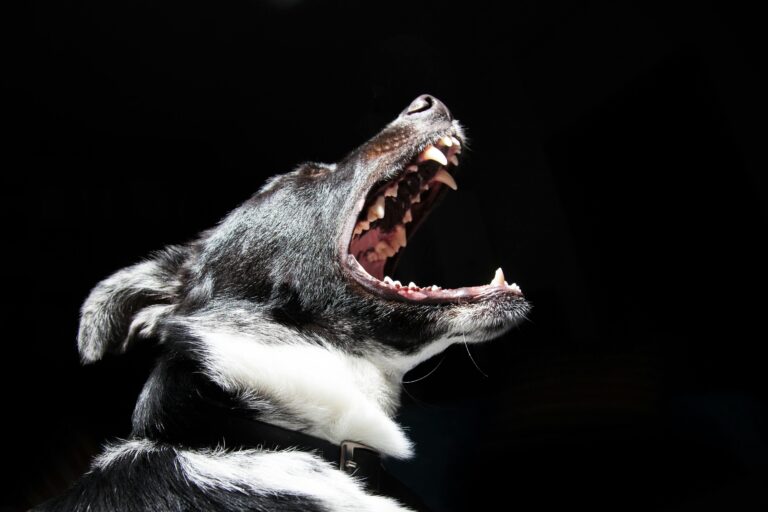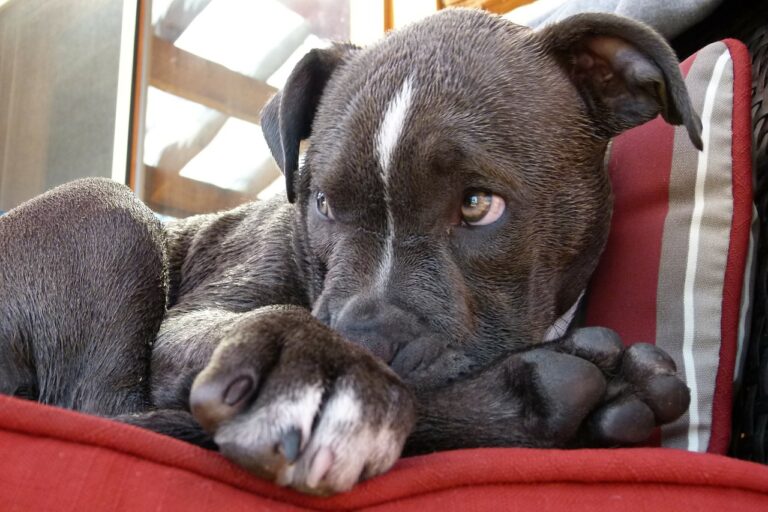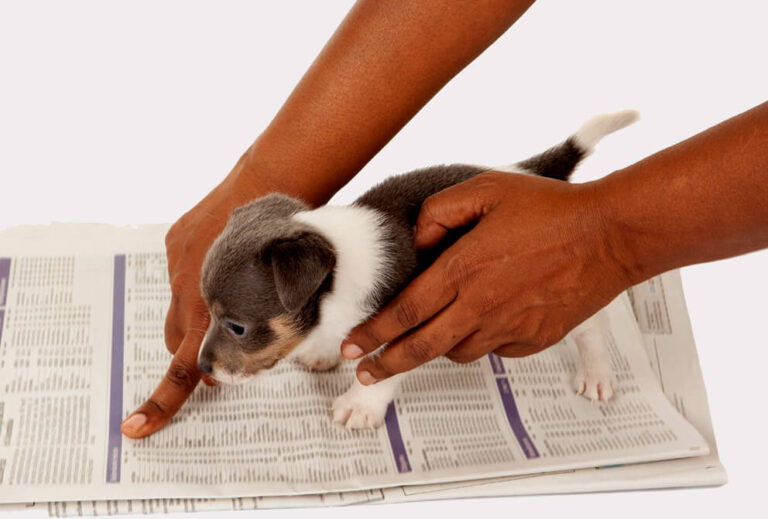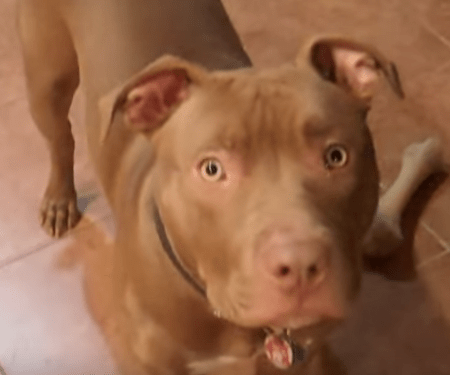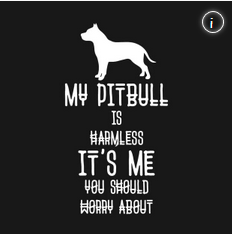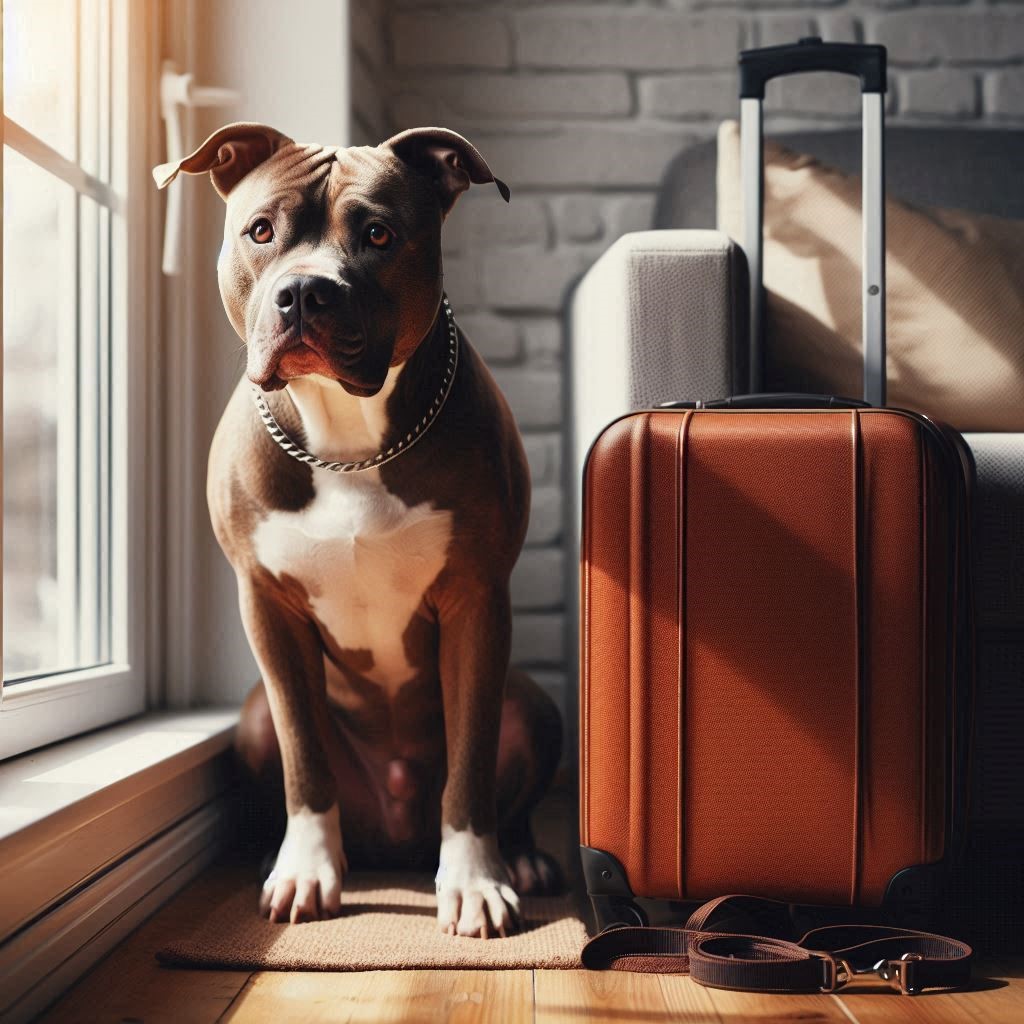
Pit Bulls are known for their loyal, affectionate nature and strong bond with their families. However, this deep attachment can sometimes lead to separation anxiety, a common behavioral issue that can be stressful for both dogs and their owners. Separation anxiety occurs when a dog becomes distressed in the absence of their owner, often manifesting in destructive behaviors, excessive barking, or even physical symptoms like trembling or drooling.
This guide will explore the signs, causes, and strategies to help your Pit Bull overcome separation anxiety and lead a calmer, more balanced life.
What is Separation Anxiety?
Separation anxiety is a condition where a dog experiences extreme stress and anxiety when left alone or separated from their owner. It’s not just about boredom—separation anxiety stems from fear and insecurity, which can result in behaviors that disrupt daily life.
Signs of Separation Anxiety in Pit Bulls
- Excessive Barking or Whining: Vocalizing for prolonged periods when left alone.
- Destructive Behavior: Chewing furniture, scratching doors, or tearing apart household items.
- Pacing or Restlessness: Moving anxiously around the house, often in a repetitive manner.
- Escape Attempts: Trying to dig under fences or scratch at doors and windows to escape.
- House Soiling: Urinating or defecating indoors despite being house-trained.
- Physical Symptoms: Excessive drooling, panting, trembling, or even vomiting.
If you notice these signs, especially if they occur consistently when you’re away, your Pit Bull may be dealing with separation anxiety.
Why Are Pit Bulls Prone to Separation Anxiety?
Pit Bulls are naturally social and thrive on companionship. While this makes them fantastic family dogs, it also means they can struggle with being left alone. Specific factors contributing to separation anxiety in Pit Bulls include:
- Strong Bonds: Pit Bulls form intense attachments to their owners, making absence particularly stressful.
- Rescue or Shelter Backgrounds: Dogs adopted from shelters may have abandonment trauma, increasing the likelihood of separation anxiety.
- Changes in Routine: A sudden shift in schedules, such as returning to work after working from home, can trigger anxiety.
- Lack of Socialization: Pit Bulls that haven’t been exposed to being alone as puppies may struggle with independence later in life.
Step-by-Step Strategies to Cure Separation Anxiety
While separation anxiety can be challenging, it’s entirely manageable with patience and the right approach. Here’s a step-by-step plan to help your Pit Bull feel more comfortable when left alone.
1. Gradual Desensitization Training
Desensitization involves gradually teaching your dog to be okay with your absence by exposing them to short periods of separation that slowly increase over time.
Steps to Follow:
- Start by leaving your dog alone for just a few minutes while staying close to home.
- Gradually increase the duration of your absence in small increments.
- Pair your departures with positive experiences, such as a special treat or toy.
- Always return calmly to avoid reinforcing anxious behavior.
Consistency is key—desensitization may take weeks or months, depending on the severity of the anxiety.
2. Create a Safe, Comforting Environment
Ensuring your dog feels secure and entertained while you’re away can help reduce anxiety.
Tips for a Comforting Space:
- Use a Crate or Designated Area: Many dogs feel safer in a smaller, enclosed space. If crate training, ensure the crate is a positive, cozy retreat.
- Provide a Comfort Item: Leave a piece of clothing with your scent to reassure your dog.
- Play Calming Music: Soft background music or white noise can help soothe your Pit Bull.
3. Establish a Consistent Routine
Dogs thrive on routine. Keeping a consistent schedule for feeding, walks, and playtime can reduce anxiety by providing predictability.
Key Points:
- Feed and walk your dog at the same times each day.
- Stick to a regular bedtime and wake-up schedule.
- Practice leaving and returning at similar times, even on weekends.
4. Exercise Before You Leave
Pit Bulls are high-energy dogs that need plenty of physical and mental stimulation. A tired dog is less likely to feel anxious when left alone.
How to Tire Out Your Pit Bull:
- Take them for a long walk or run before leaving.
- Engage them in a game of fetch or tug-of-war.
- Use puzzle toys to challenge their minds.
Burning off excess energy helps your Pit Bull relax and rest while you’re away.
5. Use Positive Reinforcement
Rewarding your dog for calm behavior during your absence can reinforce the idea that being alone isn’t scary.
How to Use Rewards Effectively:
- Leave a high-value treat or chew toy when you depart.
- Praise and reward your dog for staying calm when you return.
- Avoid rewarding clingy or anxious behavior—wait until your dog is calm before giving attention.
6. Avoid Reinforcing Anxiety
Pit Bulls are perceptive and pick up on their owner’s emotions. If you act anxious or overly sympathetic, your dog may mirror that behavior.
What to Avoid:
- Don’t make a big deal out of leaving or returning—keep departures and arrivals low-key.
- Avoid comforting your dog excessively if they’re whining or acting anxious, as this can reinforce the behavior.
- Resist the urge to punish destructive behavior—anxiety is a fear response, and punishment can make it worse.
Additional Tools to Help with Separation Anxiety
Sometimes, additional tools and techniques can support your training efforts.
Interactive Toys and Puzzles
Providing your Pit Bull with stimulating toys can keep them engaged and distracted while you’re gone. Examples include:
- KONG Toys: Stuffed with peanut butter or treats for hours of entertainment.
- Puzzle Feeders: Challenge your dog to work for their food.
Calming Aids
For severe cases of separation anxiety, consider natural or veterinarian-approved calming aids:
- CBD for Dogs: May help reduce anxiety and promote relaxation.
- Adaptil Diffusers: Emit dog-appeasing pheromones to create a calming environment.
- Thundershirts: Provide gentle compression, which can help dogs feel secure.
Professional Help
If your dog’s separation anxiety is severe or unmanageable, a certified dog trainer or behaviorist can provide personalized support. In extreme cases, a veterinarian may recommend medication to complement behavioral training.
Preventing Separation Anxiety in Pit Bulls
Prevention is always better than cure. By teaching your Pit Bull to be comfortable with alone time from an early age, you can reduce the risk of separation anxiety developing.
Tips for Prevention:
-
- Gradually introduce alone time during puppyhood.
- Practice short departures daily, even if you’re home most of the time.
- Socialize your Pit Bull with other people and animals to build confidence.
Understanding Progress Takes Time
Curing separation anxiety in Pit Bulls isn’t an overnight process. It requires consistent effort, patience, and a deep understanding of your dog’s needs. Remember, every dog is unique—what works for one Pit Bull may not work for another.
Conclusion
Separation anxiety can be challenging, but with the right strategies, your Pit Bull can learn to feel secure and relaxed even when you’re not home. By addressing the root causes, creating a comforting environment, and using positive reinforcement, you can help your dog overcome anxiety and lead a happier, more balanced life.

